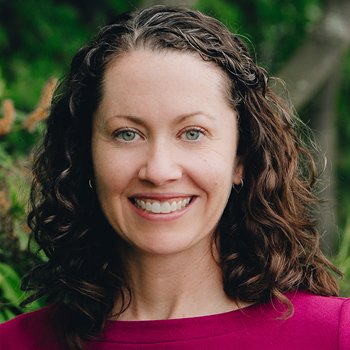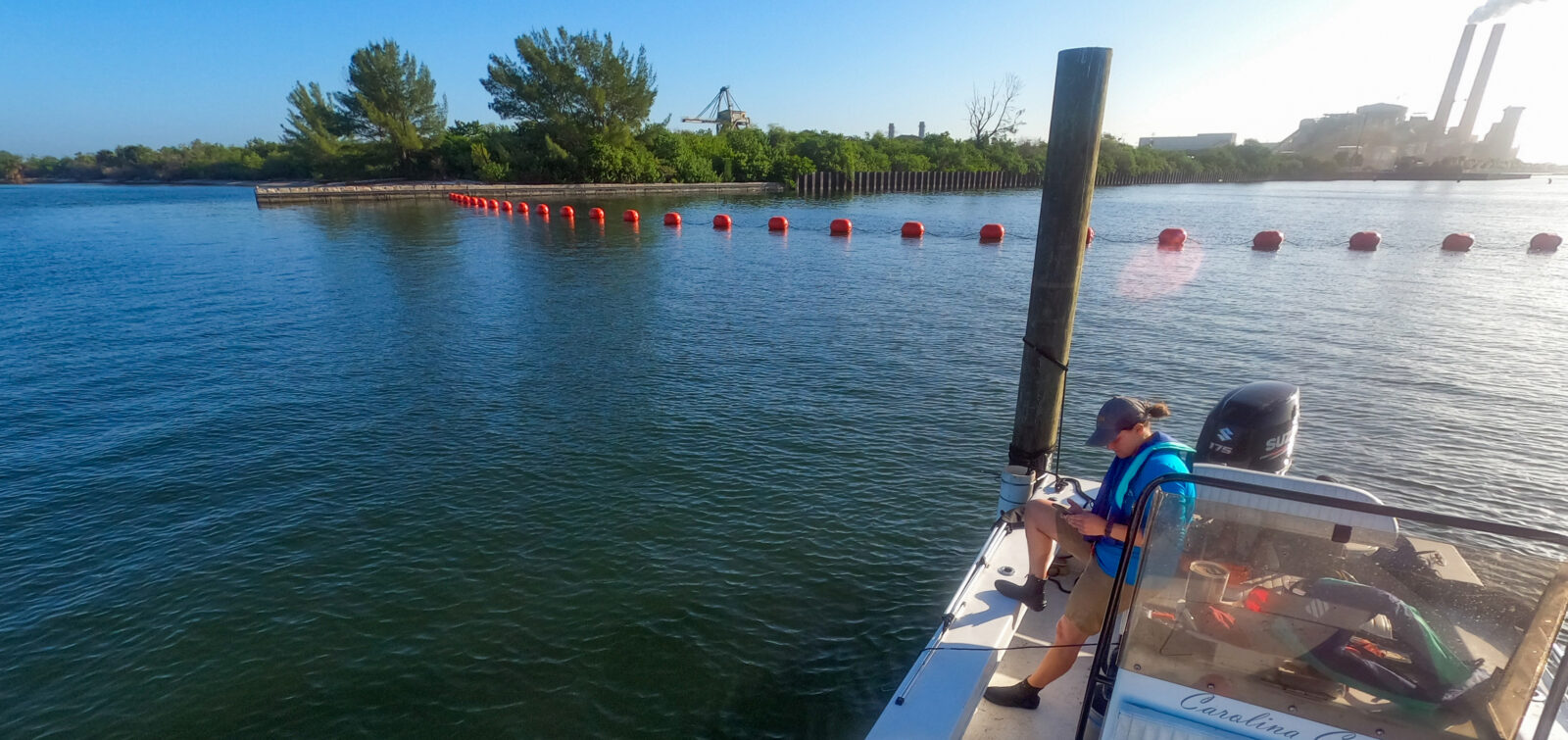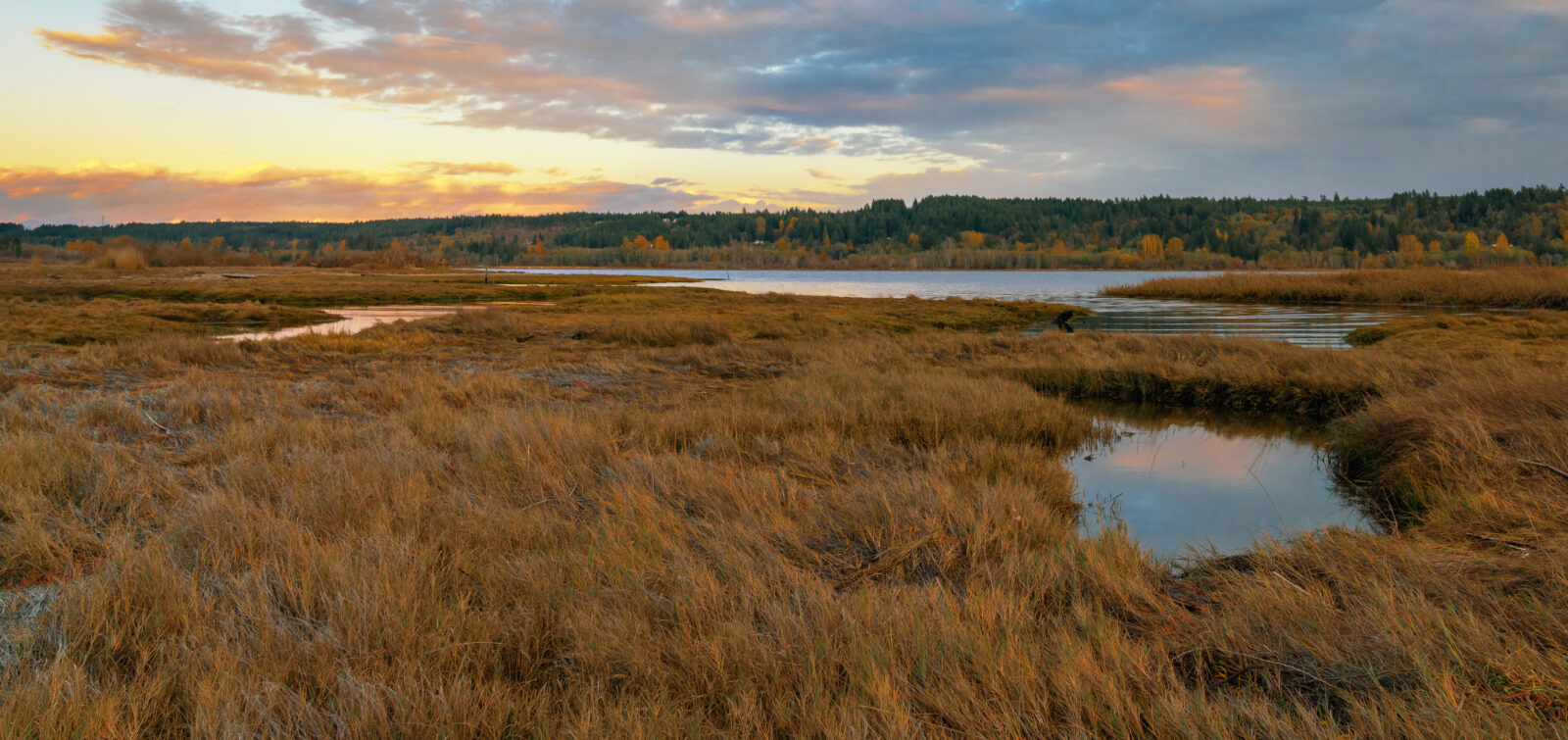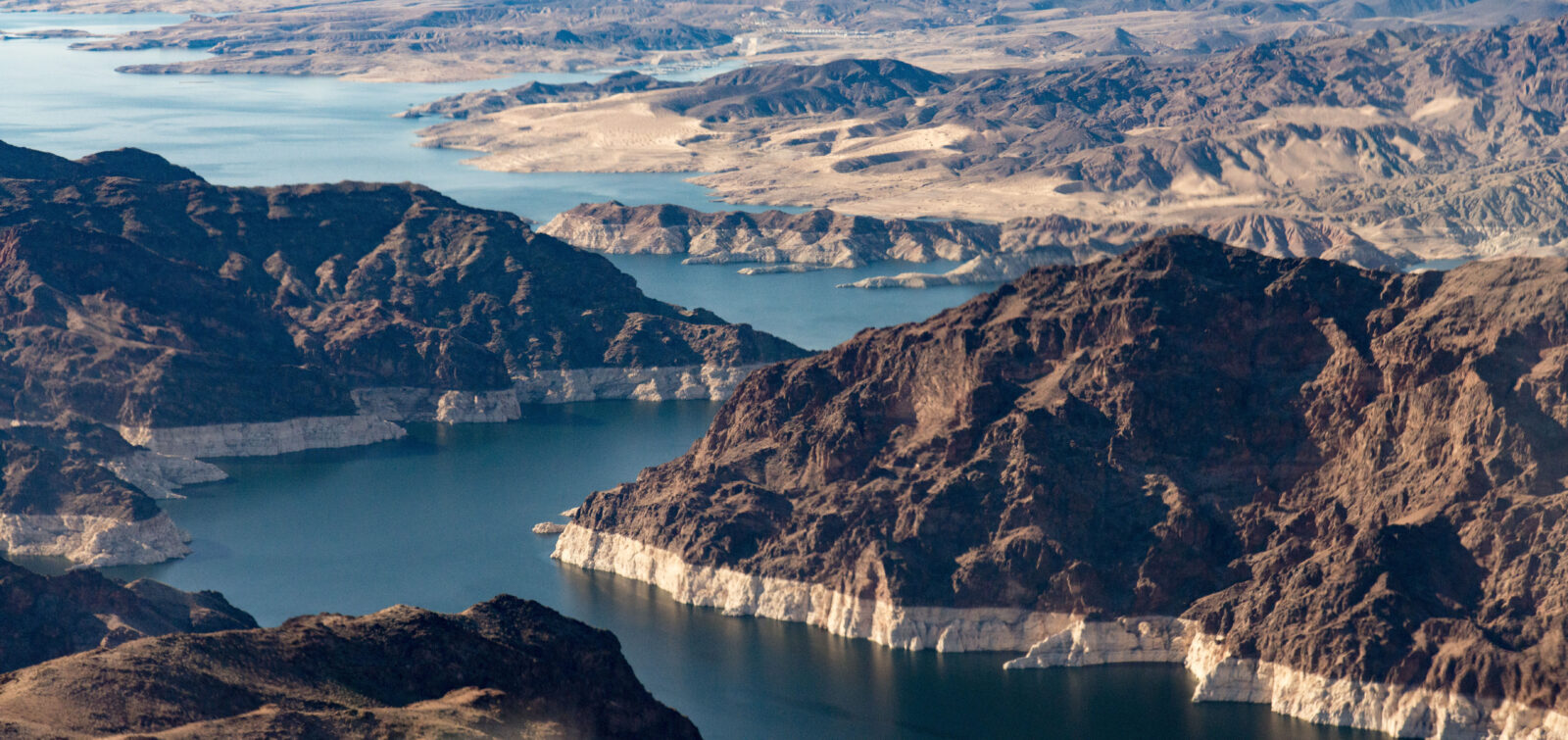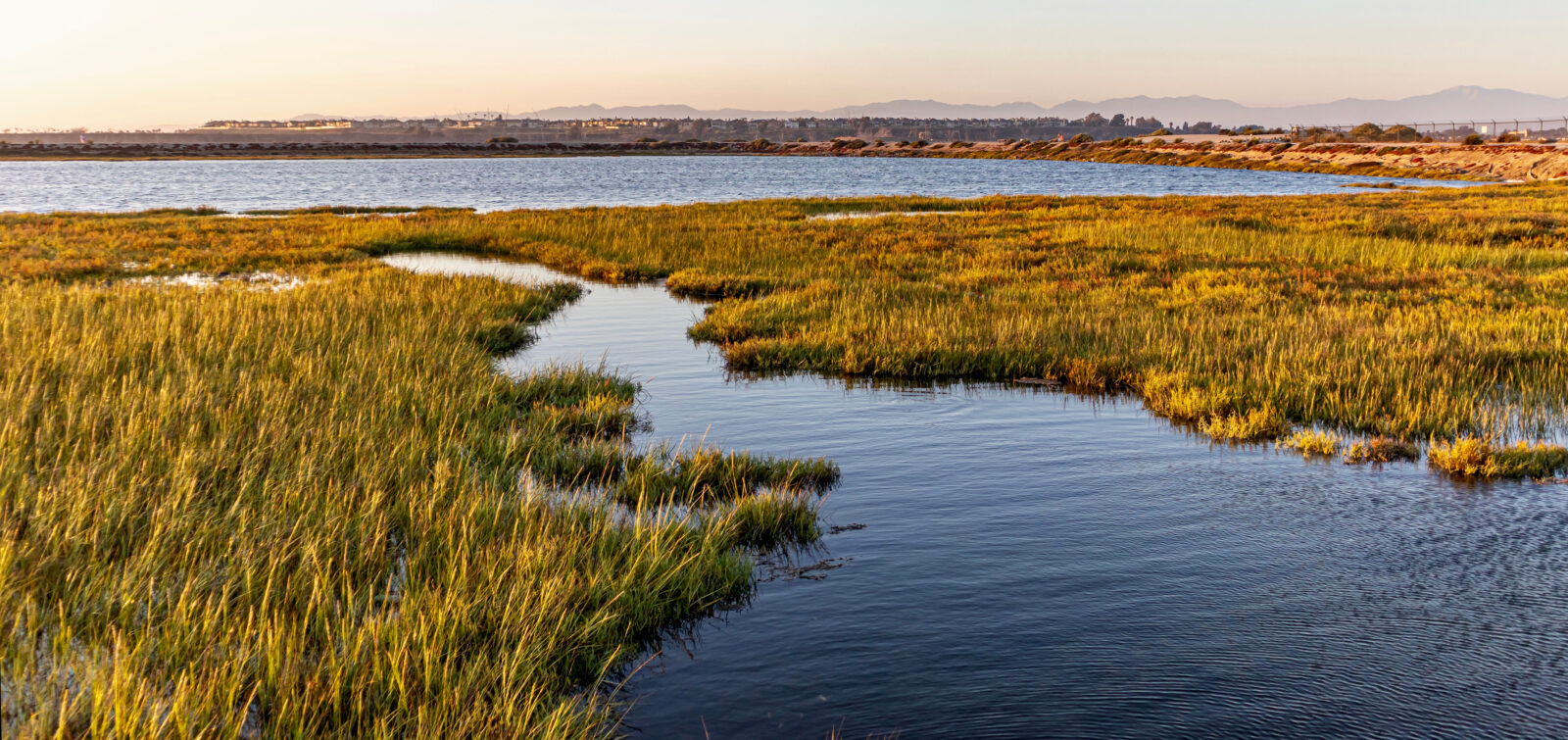Washington state may not be the first place one thinks of when considering water scarcity, but recent court decisions and legislation have put the issue front and center in the Evergreen State, particularly in Puget Sound watersheds.
Following the 2015 drought, which many referred to as a dress rehearsal for climate change, several agencies and organizations have become more aware of and concerned about water availability for both fish and humans. Stakeholders have started rolling up their sleeves and getting to work on managing this finite resource, not just in eastern Washington but on the “wet side” of the state too. One element of water management currently in play is consumptive use of groundwater by permit-exempt wells for new residential uses, largely in rural areas.
In 2016, the Washington State Supreme Court decision known as the “Hirst decision” mandated that counties must consider water availability and the impact of new wells on instream flows for salmon as part of the approval or rejection of building permits. In response to this court decision, several counties restricted permit approvals for residential structures that rely on wells for water, and some counties required expensive hydrogeological studies by individual permitees. After some tumult, the legislators agreed to a bill referred to as the Streamflow Restoration law or, in some circles, as the “Hirst Fix.”
In short, the Act establishes requirements and a schedule for the Department of Ecology to work in certain watersheds with local stakeholders to develop a watershed-scale plan that offsets consumptive water use from new permit-exempt wells anticipated over the next 20 years and considers instream flows in the context of salmon recovery for each watershed. Under the Act, a plan must be developed and approved for each watershed by the deadline or the Department of Ecology will initiate rulemaking for the watershed.
The plans must be developed and approved by watershed planning groups. In eight of the watersheds, where ESA is working, new committees were established for this purpose. The committees are made up of tribes, counties, cities, non-profit organizations, and other stakeholders. They meet regularly to develop a plan that meets the requirements of the Act, including the identification of projects to offset the projected consumptive use of the wells plus net ecological benefit for salmon.
ESA is facilitating three committees and providing information management support to others for our client, the Department of Ecology. Our trusted partnership with Cascadia Consulting Group and Sound Resolutions and our close communication with the Department of Ecology are proving critical to moving these complicated processes forward in each of the eight watersheds that must complete their plans by June 30, 2021.
For more information, please see the Department of Ecology website or webpages of each watershed committee, or contact Susan O’Neil in our Seattle office for the latest on the process.

